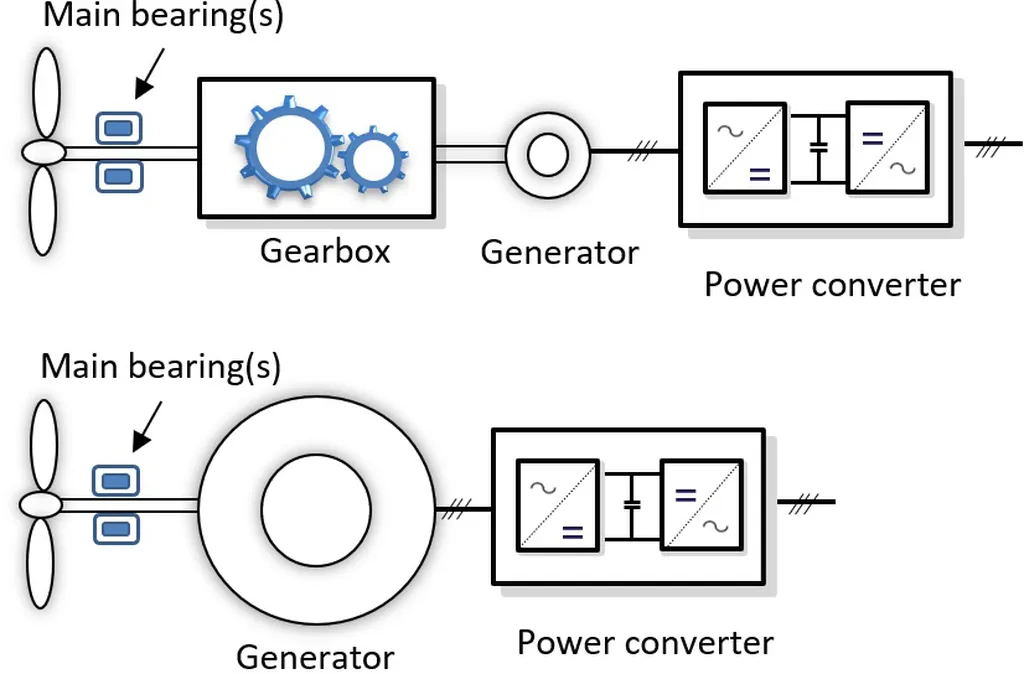In the quest for cleaner energy, wind power stands as a beacon of hope, but the path isn’t without its challenges. One such hurdle is the presence of outliers in wind data, which can skew the wind turbine power curve and lead to inaccurate performance assessments and suboptimal operation strategies. Enter Abdelwahab Ayash Subuh, a researcher from the Power Systems and Markets Research Group at the University of Mons, Belgium, who has developed a novel hybrid model to tackle this very issue.
Subuh’s research, published in the journal “e-Prime: Advances in Electrical Engineering, Electronics and Energy,” combines fuzzy C-means clustering, Mahalanobis distance, and Artificial Neural Networks (ANN) to detect and remove outliers with remarkable accuracy. “The major difficulty here is detecting and eliminating these outliers from complex wind datasets,” Subuh explains. “Inaccurate data can significantly impact forecasting and related activities.”
The hybrid model proposed by Subuh and his team offers a significant leap in accuracy. It achieves a 15.4% improvement over other traditional hybrid models and an overall ≈116.1% improvement over individual models. The addition of ANN to the hybrid model boosts outlier-detection accuracy by about 69.5%. Moreover, detecting and cleaning outliers using this model reduces the Root Mean Square Error (RMSE) from 2.38 to 1.27, cutting prediction error by 46.6%.
The implications for the energy sector are substantial. Improved data quality leads to more reliable turbine performance analysis, resource assessment, and forecasting. This, in turn, supports more efficient and sustainable wind-power operations. As Subuh puts it, “The proposed hybrid model improves data quality and boosts the reliability of turbine performance analysis, resource assessment, and forecasting, supporting more efficient and sustainable wind-power operations.”
Looking ahead, this research could shape future developments in the field by providing a more accurate and efficient way to handle wind data. The hybrid model’s lightweight and scalable nature makes it particularly suitable for real-world deployment, offering a practical solution for the energy sector.
In a field where every percentage point counts, Subuh’s work represents a significant step forward. As the world continues to shift towards renewable energy, innovations like this will be crucial in ensuring the reliability and efficiency of wind power. The journey towards cleaner energy is fraught with challenges, but with researchers like Subuh leading the way, the future looks increasingly bright.

